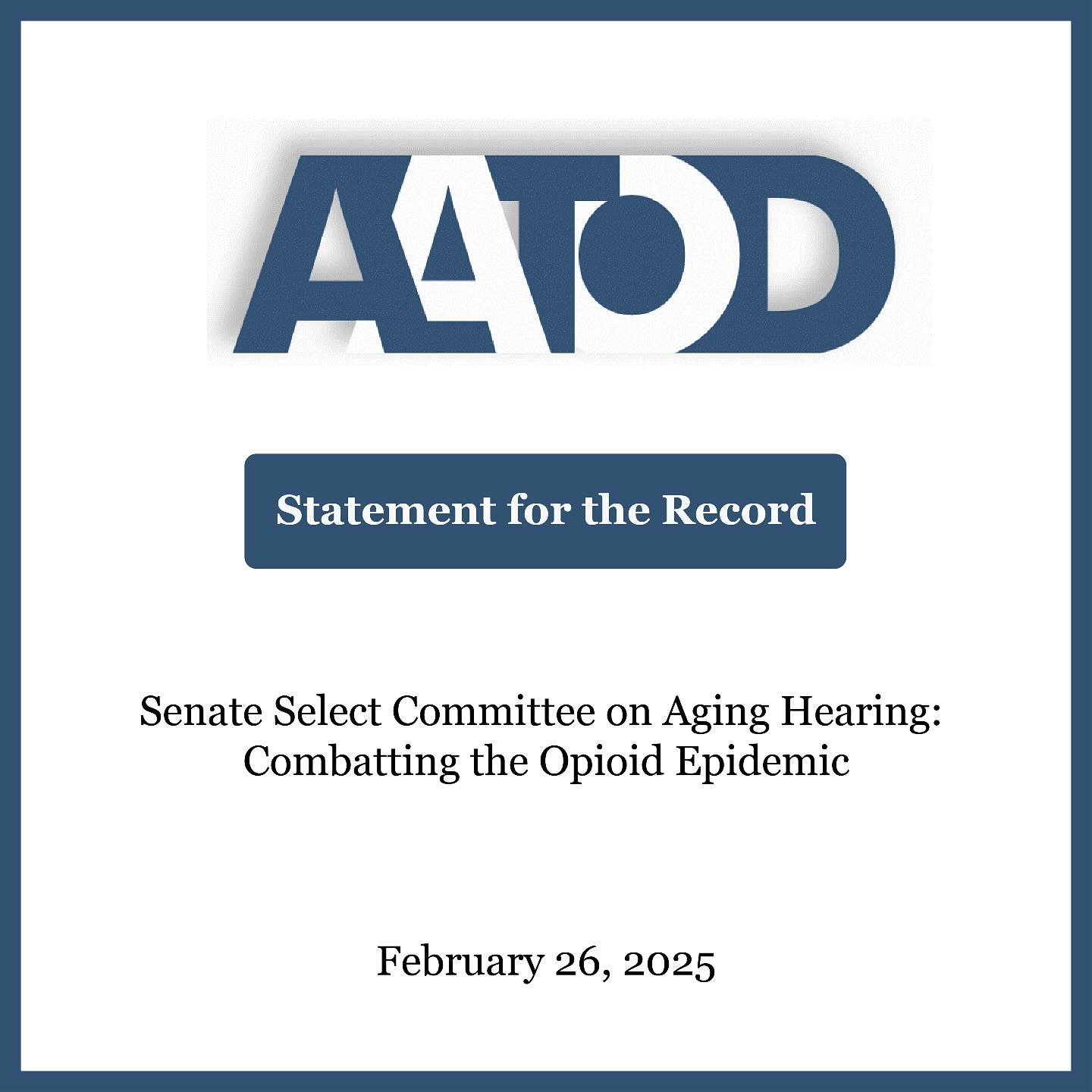SAMHSA supported the development of interim care services as a method of responding to delays in patient’s seeking admission to OTPs. A recently published article by Dennis McCarty and his associates, “Interim Methadone – Effective but underutilized: A Scoping Review,” provides an important reference for this policy section.
“The initial interim services demonstration led to a 1993 amendment to the Federal methadone regulations authorizing interim methadone services. The amended regulations, however, added three requirements to the delivery of interim services (i.e., a letter from the state health officer authorizing interim services, approval from SAMHSA, and patients must be enrolled in counseling within 120 days) and two restrictions (i.e., for-profit OTPs may not deliver interim methadone, and take-homes are not permitted – the OTP must be open 7 days a week for dosing).” [16]
It is important to point out that the underlying premise of interim maintenance was based on patient waiting lists to gain access to OTPs. AATOD worked closely with the Department of Health and Human Services to develop criteria for interim maintenance to better ensure that patients could get immediate access to care in an OTP when waiting lists existed. In this case, the OTP would need to demonstrate a waiting list was created for patients to get into treatment and would work with the State Opioid Treatment Authority to inform SAMHSA that such programs were beginning to admit patients without providing a full array of services. We were concerned that patients would leave treatment prematurely during an early stabilization period if they did not get access to support services while they were also getting their medications. Additionally, when New York City was considering use of interim care several years ago when several OTPs were closed for regulatory reasons, patient advocacy groups objected to the use of interim care because they wanted access to full services. From our point of view, we see two existing barriers with regard to interim maintenance: 1) restricting the operation of such care to nonprofit entities, and 2) requiring that all interim maintenance patients attend the OTP seven days per week. We advise SAMHSA to eliminate these two barriers.






























